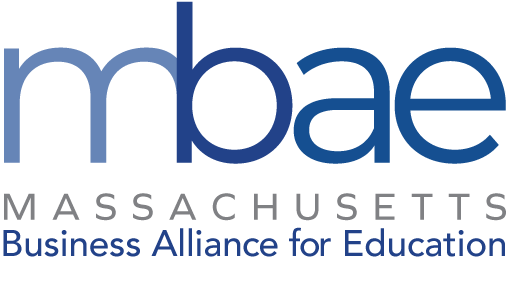Gymnasium School: Viktor Rydberg High School
Private School Run by a Foundation
Background
This is a foundation sponsored charter school. Other charter schools in Sweden are for profit and very controversial.Viktor Rydberg represents one of first charter schools in the Stockholm area. Schools in the foundation are small units.
As a foundation, they are trying to be in the forefront and try new techniques. In terms of school mission, they look to see what each individual student needs to be successful
They note that since entry to the school is determined by grades, they attract really good students. Programs are based on students’ passions and interests
Throughout Sweden, all the high schools market themselves to attract students.
In terms of travel, students use public transportation. Public schools can take in students by choice resulting in some students getting pushed out of the region where they live. In either case, the system relies on a voucher system where the state money follows the student. In addition, there are for profit schools which now represent 20% of the schools.
In terms of mission, the Victor Rydberg School has an international focus that in includes both Bilingual Education and Project Work. It is interesting to note that not every teacher at the school has teaching credentials. New government regulations will require that they have the credential. The challenge into the future is how do you maintain bilingual profile with the change in the rules for teacher credentials.
The visit to Sweden revealed that the teacher training is too minimal and viewed as problematic.
Salaries for teachers are a problem so in Sweden not enough people are entering the teaching profession. This is in sharp contrast to Finland where acceptance into a teacher training program is a very competitive process.
It is interesting to note, however, that Project Work and working ” cross-curriculiarly” across subjects is part of Sweden’s national curriculum. It permeates every aspect of what they do.
Funding depends on how many students you have. This school gets money from 34 communities. Money follows the students in both the public and charter schools. What seems to differ is that in Sweden, the policy is a school for all.
Visit to Rhetoric Class
Who Survives?
Students present for one minute making a case for why the character they have chosen should be the survivor. After 4 students present, they leave the room. Another student assumes the role of teacher to lead the discussion of who should be selected as the balloon survivor.
Next we visited a Chemistry class where students were highly engaged in collaborative problem solving.
In a candid Interview with an English teacher, we learn about some concerns, such as teacher, licensure, mentoring and worries about bullying in Sweden that are comparable to the US. In Sweden, teacher licensure, bullying, and appropriate mentoring are challenges and mandates Included in national reform. Status of teachers, the recruitment of teachers, and salary are identified as problematic. Swedish schools are anti-authoritarian. State has taken care of social justices issues. Swedish students have little access to volunteer opportunities Entrepreneurship is one of the national drives. Collaboration, independence, move to privatization.
The teacher tells us that parents exert a lot of academic pressure especially at times of grading. Strong movement among teachers to use formative assessment. But in the new reform there is. movement from grades (report cards) to unlabeled assessment. Parents are very anxious about this because they want to know their child’s place in the class. Teachers seem to be more interested in formative assessment.
It is interesting to note that Sweden is looking to Finland noting their place in the Pisa standards.
In Sweden, standardized tests are focused on problem based learning, The teacher indicates that this is a very strong measurement instrument that shows teachers how his/herstudents are doing. The English teacher is proud that she challenges students more than the curriculum demands.
Founders of the school stress that they created this school because their own children were not engaged in school. Idea was to wake up the guy sitting at the back of the classroom so he wanted to learn. If you get the best teachers, they believe you get the best students. they also stress the importance of connecting the learning Citing that the Arts and Sciences go together. Yet they acknowledge that even in Sweden, it is difficult for them to keep Arts Education since the government wants more Science focus. They are very worried that if Sweden loses the Arts, the country will lose the creativity they value. Folks are also worried that there has been very poor teacher education in Sweden for many years. It is not a competitive entry process and is not a challenging program. Notes that the methods of the Finnish Education Teacher Preparation Program are so much better.
also worried that there has been very poor teacher education in Sweden for many years. It is not a competitive entry process and is not a challenging program. Notes that the methods of the Finnish Education Teacher Preparation Program are so much better.
Since our group is very interested in Teacher Evaluation, we asked about that. One of the founders noted that in their schools, student engagement is very important so they give teachers a great deal of freedom. Teacher Evaluation is based on student and parent feedback done through an anonymous online survey. In addition, the headmaster observes teachers.
As we concluded our visit, the MA Delegation noted that returning to the US we appreciate that we have learned as much about our own accomplishments and challenges as we have about the schools in Finland. We will use the learning to spark a debate and renew the commitment to “Every Child Is a Winner.”

